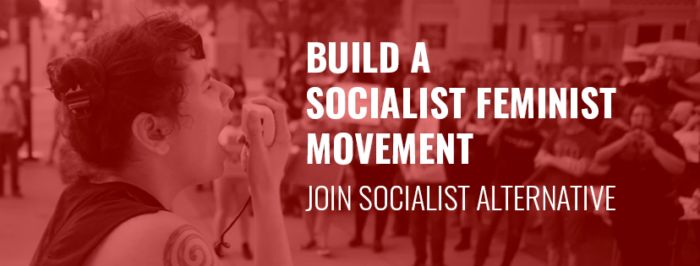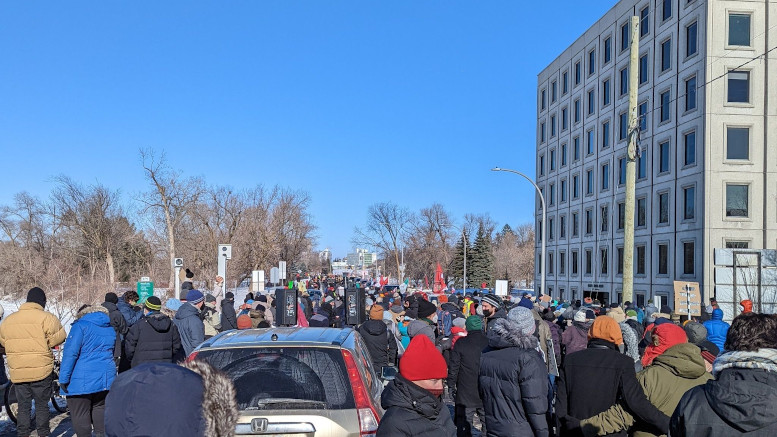The Lynn Valley Care Centre in North Vancouver was the site of the first death in Canada attributed to COVID-19. As of April 6, there have been at least 15 deaths at the facility, along with 46 residents and 24 healthcare workers infected. The infection was brought into the care home by a staff member who had no travel history, meaning that as early as the first week of March there was community transmission taking place in Metro Vancouver. On March 7, Isobel Mackenzie, the BC Seniors Advocate claimed that care homes in the province were well equipped to deal with outbreaks of COVID-19. In those last rosy days when the number of confirmed cases in BC was still in the twenties she said that, “An outbreak of influenza, pneumonia or norovirus are all frankly equally as serious as an outbreak of COVID-19 would be in a care home, and we handle those outbreaks.”
Unfortunately, this has proved not to be the case as it was only hours later that the outbreak in the Lynn Valley Care Centre was announced. Provincial health officer Dr. Bonnie Henry said, “The last two cases really are the most concerning to us…. We are in an extraordinary situation.” Since this initial outbreak, 24 long-term care homes in BC have recorded at least one infection in a resident or staff member. The second-worst outbreak has been at Haro Park Centre, in Vancouver, with eight deaths and 30 residents and 28 workers having been infected. It certainly seems clear that long-term care facilities in BC were not particularly well prepared for outbreaks of this kind, with two-thirds of BC’s fatalities. The question is why not?
In February 2020, that same Seniors Advocate released a report on the financial state of long-term care homes in British Columbia. Roughly 35% of publicly-funded long-term care beds in BC are run by for-profit companies, and since 1985 this has included the Lynn Valley Care Centre. It found that there is little transparency when reporting revenue from co-located privately-funded beds (both publicly- and privately-funded beds in the same facility). More worryingly, it found that “the for-profit sector failed to deliver 207,000 hours of funded care and the not-for-profit sector provided 80,000 more hours of direct care than they were funded to deliver.” Lynn Valley Centre has 65 such privately-funded beds, roughly one third of its total. The report also found that “the not-for-profit sector spends 59% of its revenue on direct care compared to 49% in the for-profit sector; this equals almost $10,000 or 24% more per resident, per year spent on care in the not-for-profit sector.” This difference is almost entirely due to wages. The report found that the for-profit sector paid less per worked hour across the board, up to a difference of 28% for the same position, compared to the base rate bargained by the Hospital Employees’ Union (HEU): $16.85/hr vs $23.48/hr. Since 2002, the provincial government has allowed care homes to contract out services, and this is the case at Lynn Valley where Health Care Aides who were previously represented by the HEU were laid off and rehired by contractors for up to $2 an hour less, and sick days cut to three per year from ten. Vacation days – a potential buffer for sickness – were also cut from 22 days a year to 10.The lower wages and fewer hours is all to generate profits for the owners.
The results of putting profits before wages is staff shortages, high staff turnover and staff working at more than one facility. The low pay and weak benefits at for-profit care homes means that workers are unable or unwilling to take time off when they feel sick, making these homes vulnerable to infection. Workers travelling from one facility to another, trying to patch together a liveable income, carry the virus with them, making the whole system vulnerable.
The provincial government responded by first banning workers working at different facilities, and then directly employing all workers in long-term care homes across BC for at least the next six months, paying them standardized and full-time wages. These moves are meant to address weakness in the system that left it vulnerable to the spread of COVID-19 and will result in raises of up to $7/hr for some workers and they are a positive step. We can see, however, that long-term care centres in BC were not well equipped to deal with a virus of this kind.
This problem is not one that is unique to BC. Outbreaks in long-term care centres have been recorded in Alberta, Ontario, and Québec, where there have been confirmed cases of COVID-19 in over 400 long-term care homes. At the Pinecrest Nursing Home in Bobcaygeon, Ontario, 26 people are dead in a 65-bed facility. The most dire instance of an outbreak in a single facility has been at the Life Care Centre in Kirkland, a suburb north east of Seattle, Washington. One hundred and twenty-nine cases and 37 deaths have been recorded since late February and the operators of the facility have been fined $611,000 over a “systemic failure” by the Center for Medicare and Medicaid Services. Working conditions at this for-profit care centre are similar to those at Lynn Valley, with systemic short staffing and low pay, leading workers to take positions in multiple facilities and predictably the virus has spread to other care homes in the area.
The 2019 report from the BC Seniors Advocate concludes that “…the financial incentives of our current system may be producing some unintended consequences and our funding and financial reporting is disjointed, unfair to the not-for-profit sector, and unaccountable to the public.” The past weeks have shown us the real toll these unintended consequences can take on the lives of both residents and workers in long-term care homes.
The recent steps taken by the BC government are positive, but they must be made permanent, not simply rolled back once this pandemic passes. All care homes should be taken out of for-profit private ownership. Even before COVID-19, there were scandals at care homes, with four homes taken into public control in the last six months.
The best weapon against sub-standard care is for the workers to lead drives to organize their workplaces and re-build union density in their industry. If the government temporary actions are allowed to be rolled back in six months, the workers and residents, and the community at large will simply be made vulnerable again to the next contagious virus to sweep the province and another wave of needless death will follow.




